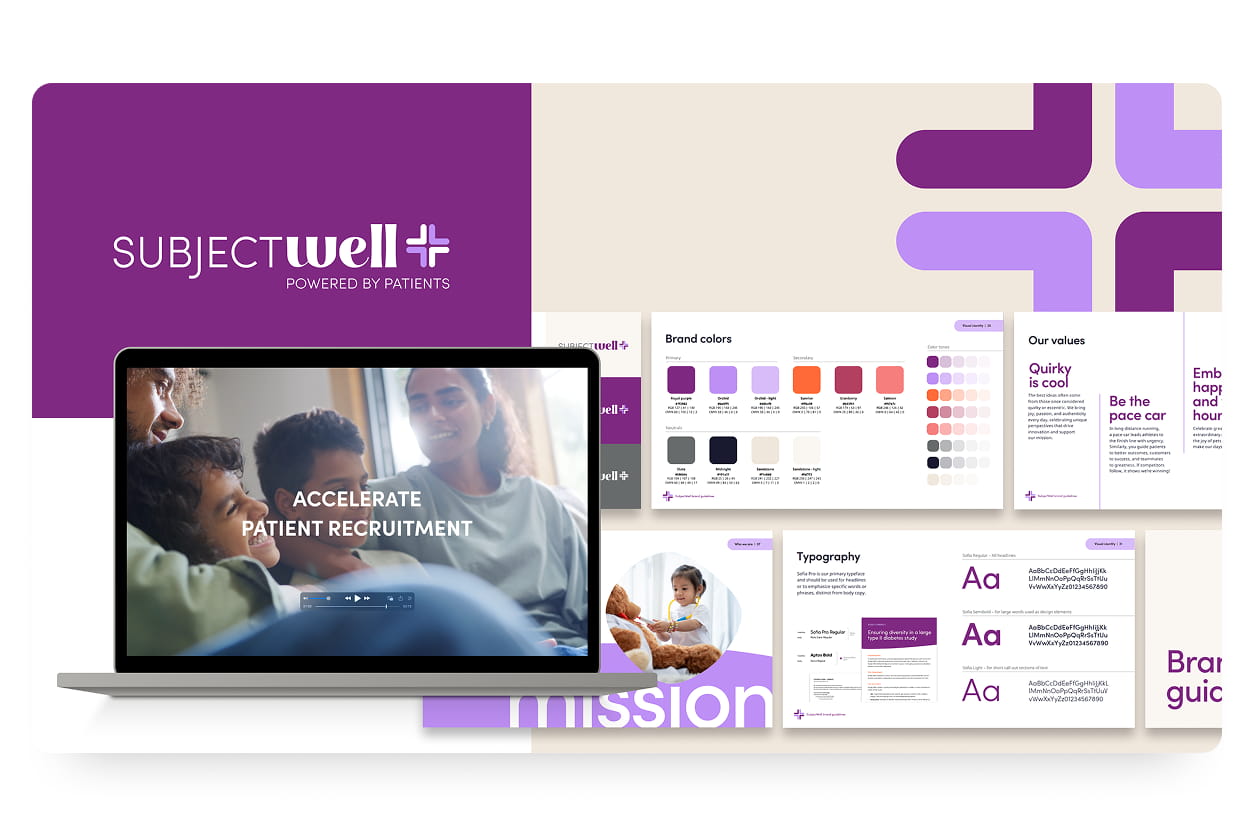
Clinical trial sponsors know that any direct-to-patient advertising must secure IRB approval – but what does this mean in the digital age?
By now, it’s safe to assume that the vast majority of clinicians recognize the importance of digital marketing to the trial recruitment process. However, as the industry wades into these relatively untested waters, many questions pertaining to FDA guidance and Institutional Review Board (IRB) approval will undoubtedly arise.
While the process of securing approval for digital campaigns is relatively similar to that for traditional advertising materials, there are a few notable exceptions and unique considerations that must be taken into account. Armed with the knowledge of what is and is not considered to be an advertisement, along with a thorough understanding of FDA guidance for digital marketing materials, sponsors can quickly secure IRB approval and ensure they maintain compliance for the duration of the enrollment period.
Let’s Start With the Basics
According to the FDA, any direct advertising to prospective trial participants is considered the beginning of the informed consent process. To clarify, this means that any marketing materials posted online with the intent of soliciting patients for a trial will have to be submitted to the IRB for approval (you can find the full FDA Recruitment Information Sheet here).
Bear in mind that, on the web, this isn’t limited to banner, display, or search engine ads; web pages linked from Google AdWords or social media posts also qualify, along with any informational pages that they may link to. Always err on the side of comprehensiveness; you may decide to publish digital recruitment ads at any point during the trial (the FDA considers this an amendment), but the earlier you submit your ad content for review, the better.
As a note, you aren’t required to submit online clinical trial listings for approval, nor any material that isn’t intended for a patient audience, including: doctor-to-doctor briefs or referrals, press releases and/or news stories, and messages intended for investors. However, these materials may not include anything other than basic information about the trial (eg. the trial name, location, the trial purpose, a summary of protocol, basic eligibility requirements, contact information, etc.) – any additional materials or messaging must be approved by the IRB.
How to Play Within Bounds
Of course, the IRB’s primary concern is the actual contents of your online advertising materials. All ad copy and imagery will have to secure approval before it can be uploaded to the web. Fortunately, the regulatory guidelines here are relatively straightforward, and following them with intent will keep you in the clear.
According to the FDA Information Sheet, clinical recruitment advertising materials cannot:
- Be coercive in nature
- State or imply the certainty of a favorable outcome or benefit
- State or imply that the drug/procedure/device is safe or effective (or superior to other current treatments)
- Emphasize patient payment for paid trials (you can simply note the reimbursement, if there is one, however)
- Advertise for “free medical care” if patients won’t be charged
- Market the clinical trial as a “new treatment” or “new medication” because, being under clinical investigation, the treatment has not yet been formally approved
- Generally speaking, only information that patients require to assess their interest and eligibility should be included
The FDA also notes that you may want (but aren’t required) to include the following information:
- The name and address of the clinical investigator and/or research facility
- The condition under study and/or the purpose of the research
- In summary form, the criteria that will be used to determine eligibility for the study
- A brief list of participation benefits, if any (e.g., a no-cost health examination)
- The time or other commitment required of the subjects
- The location of the research and the person or office to contact for further information
In general, it’s best for digital recruitment materials to be written in clear, straightforward language that helps patients to easily discern whether the clinical study is right for them. Not only does this practice ensure swifter IRB approval – it serves as an effective pre-screener, enabling obviously unqualified patients to vet themselves.





